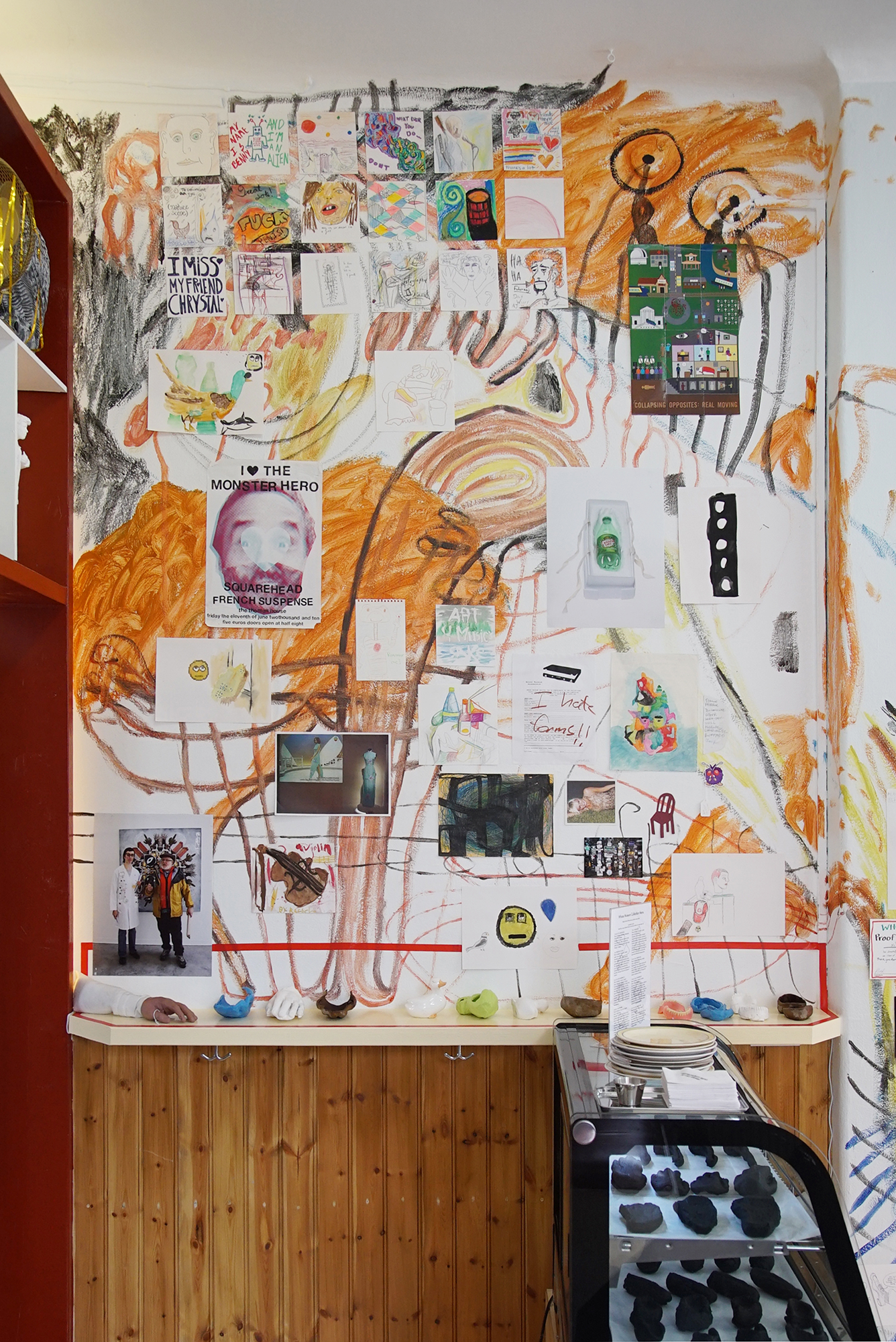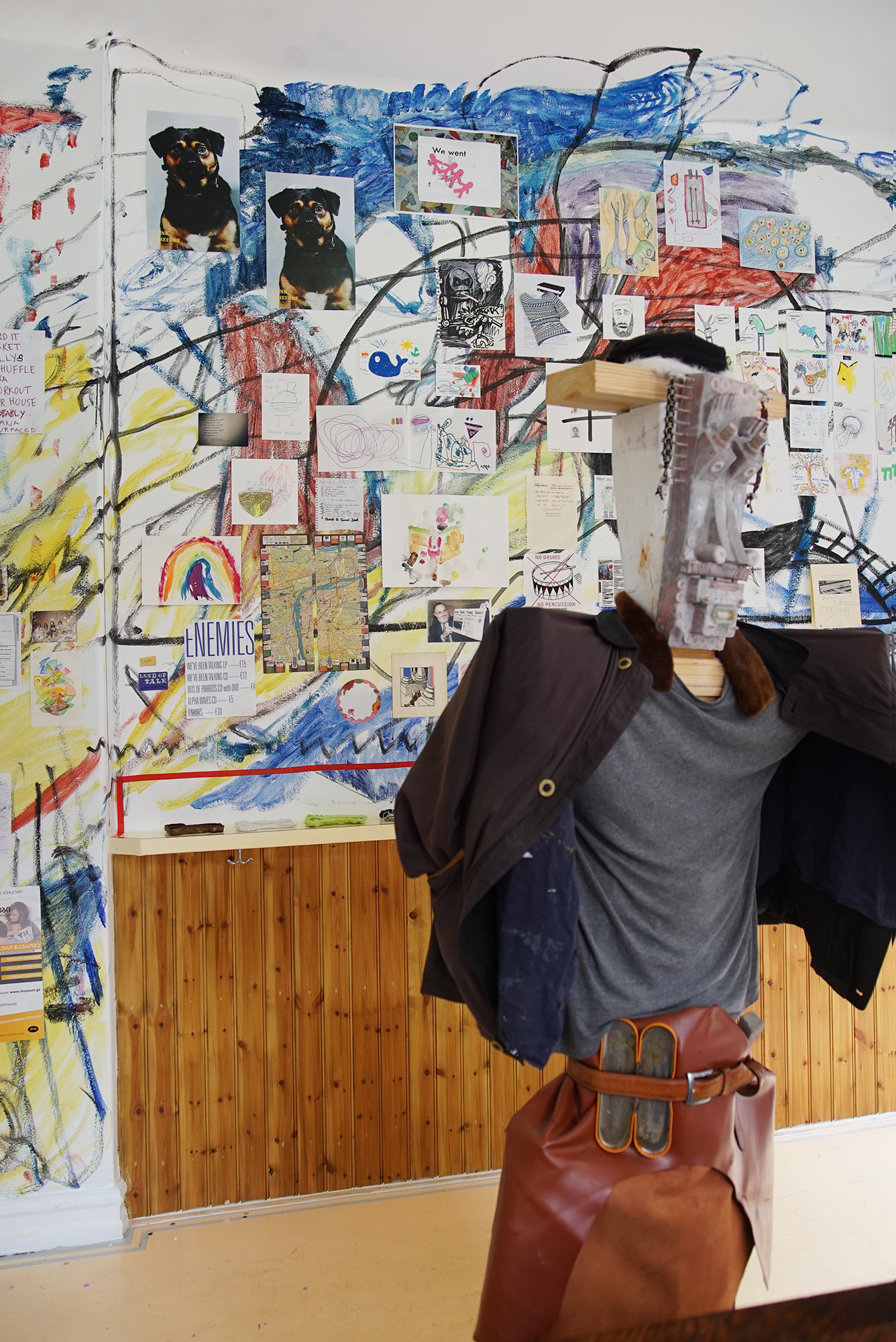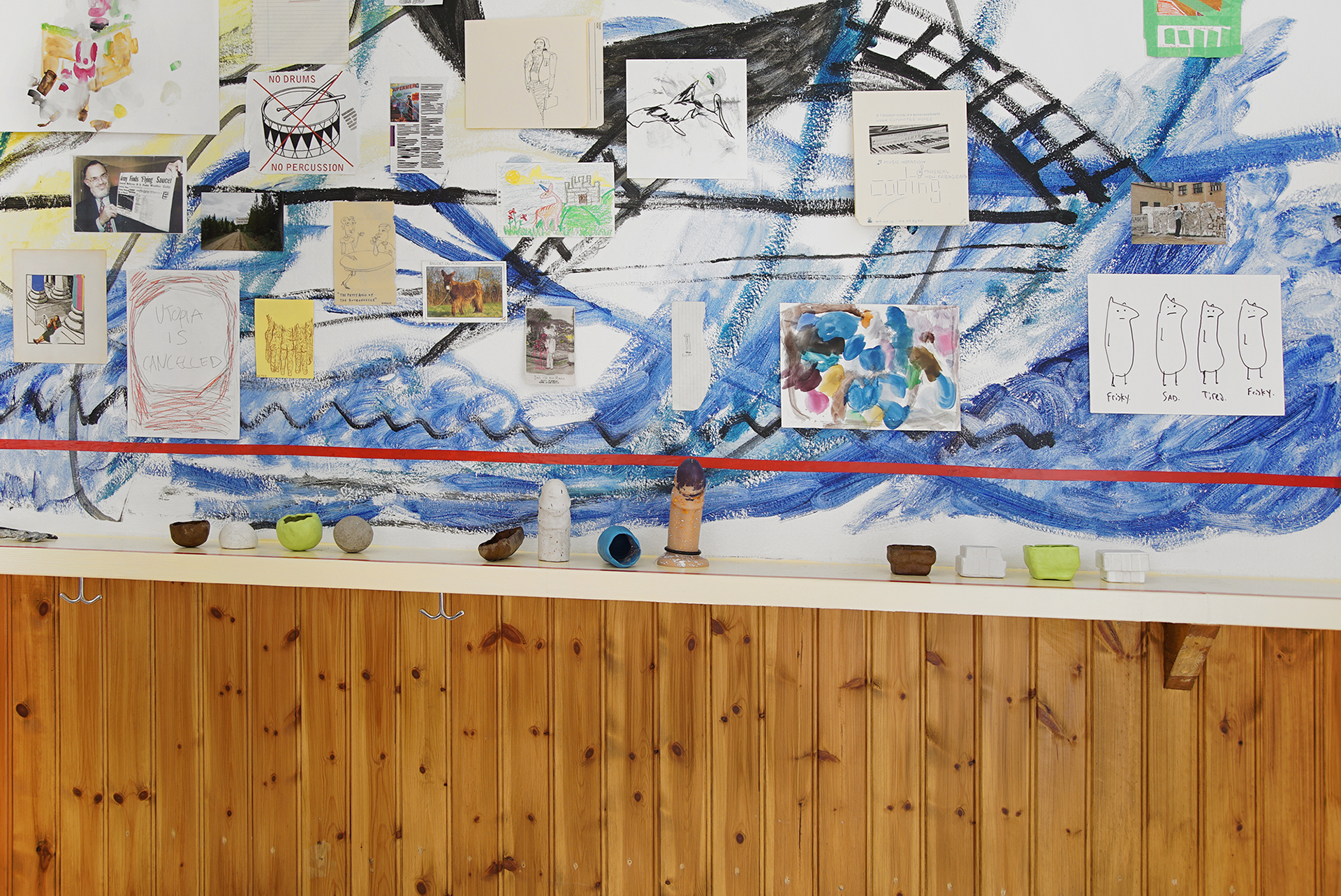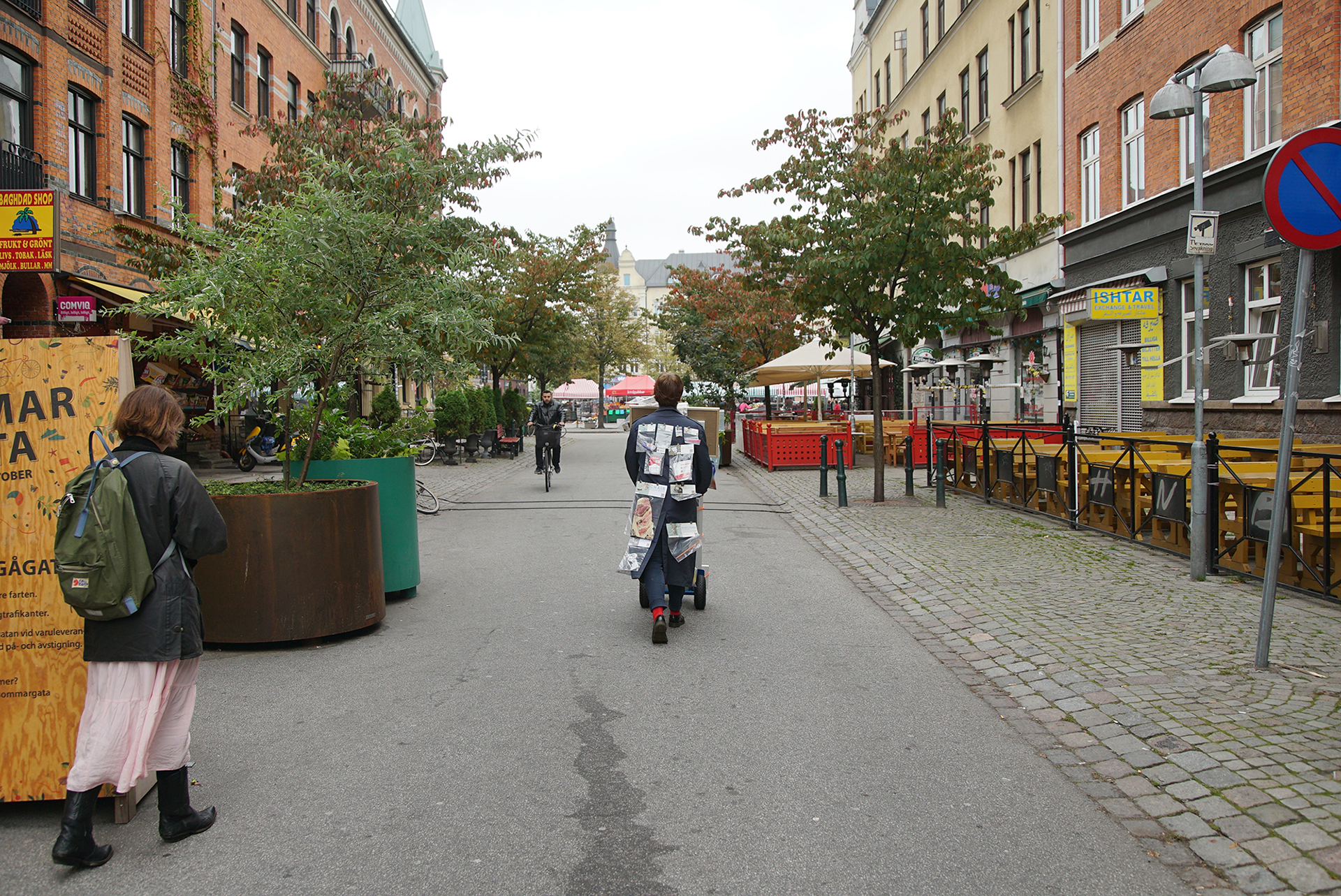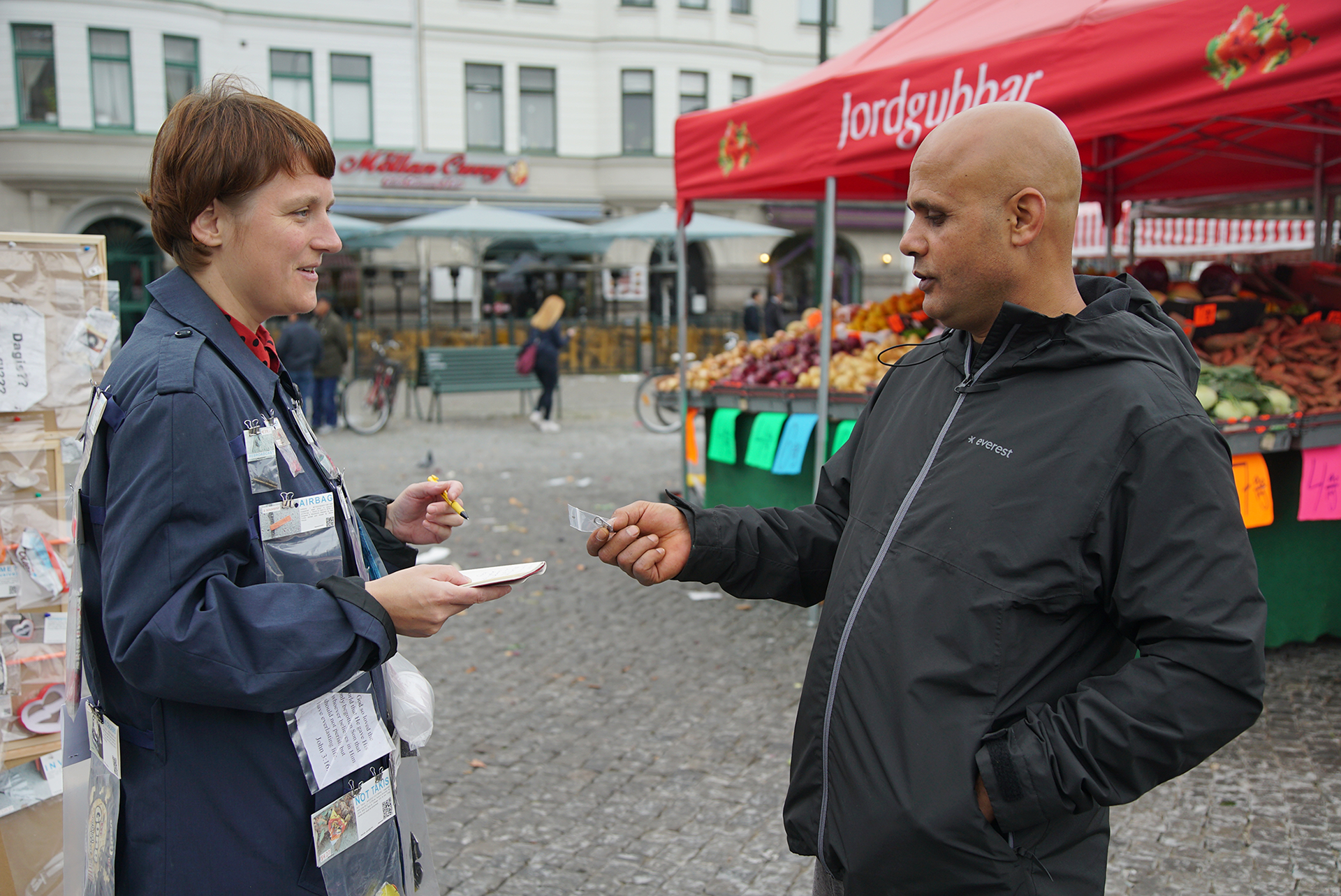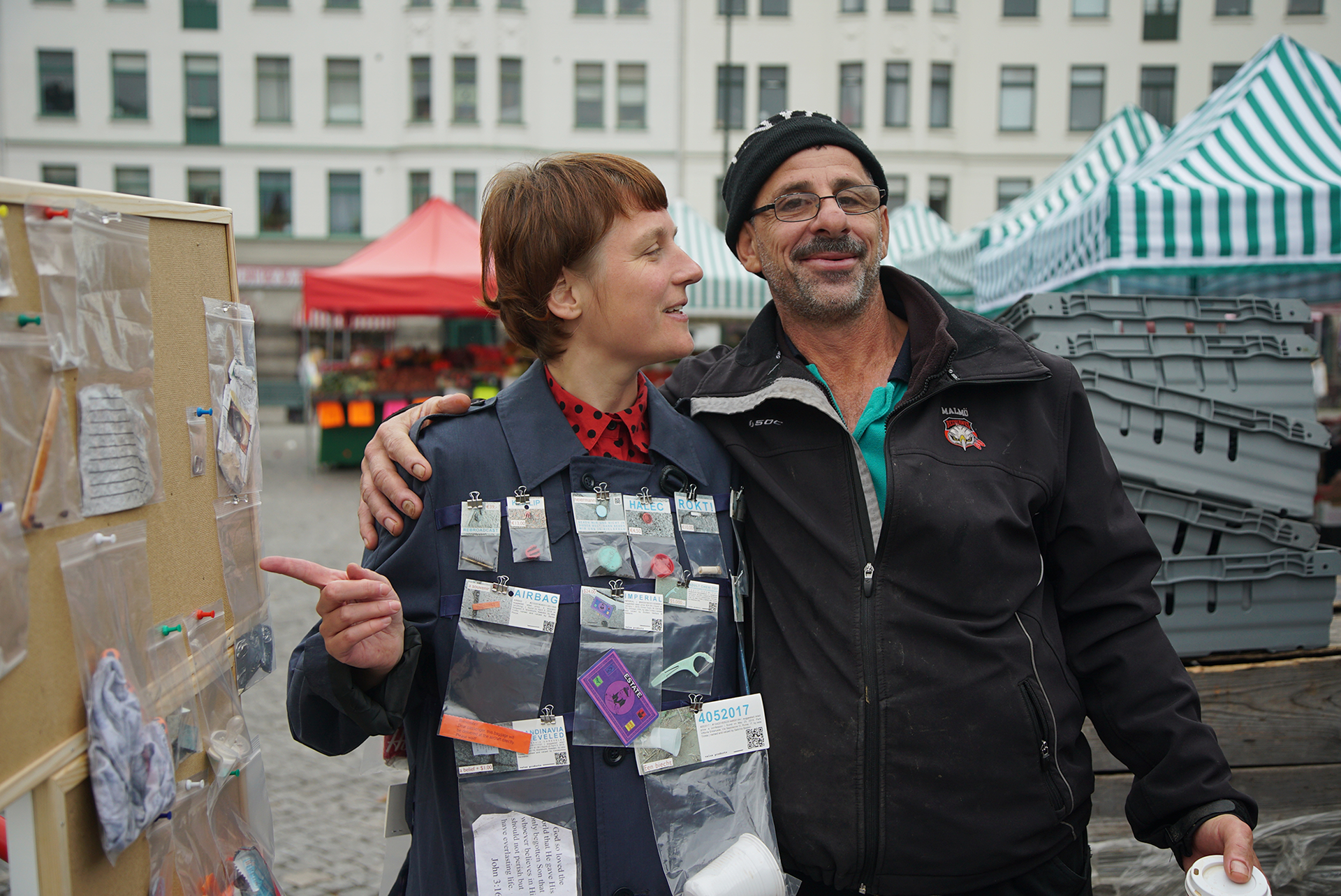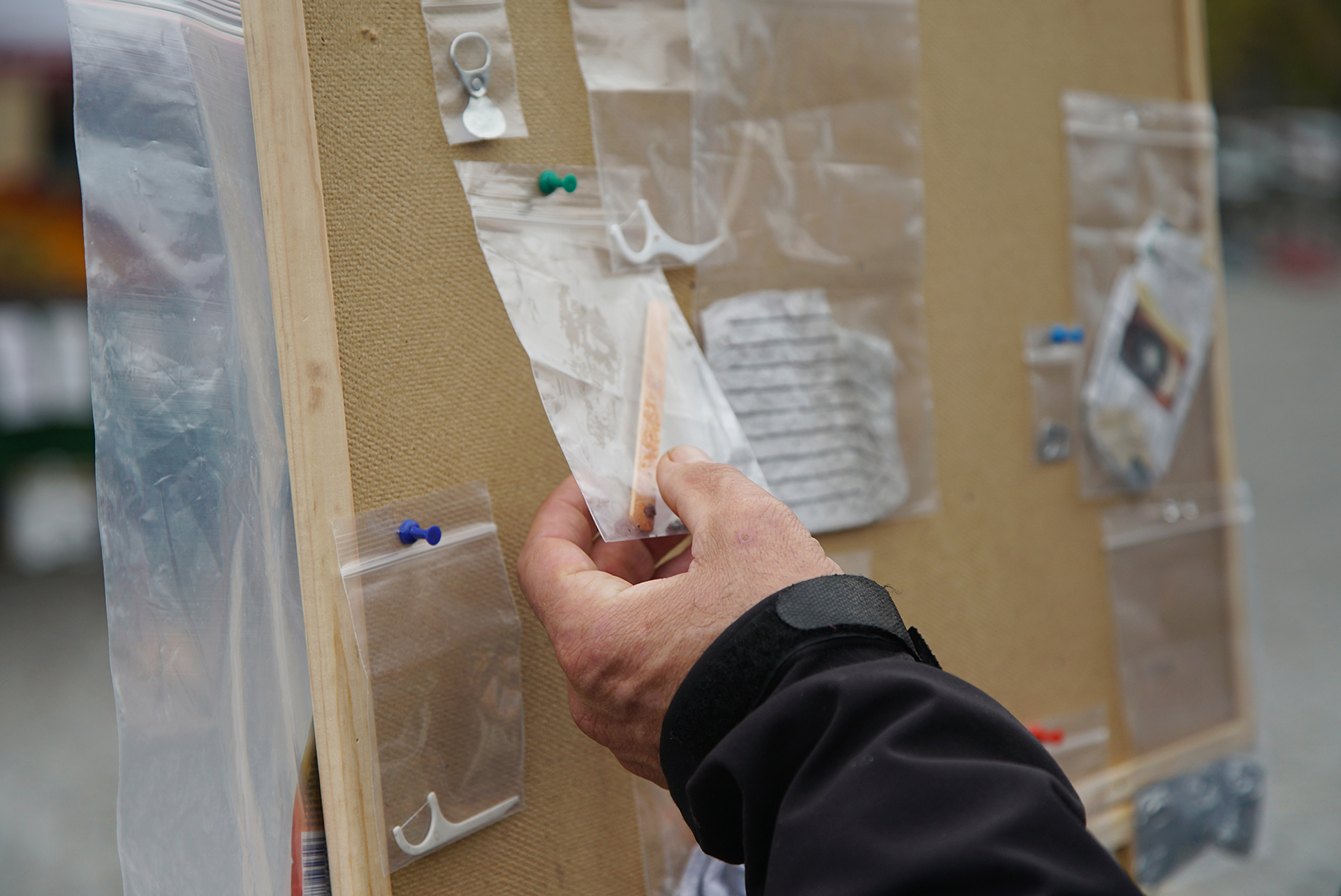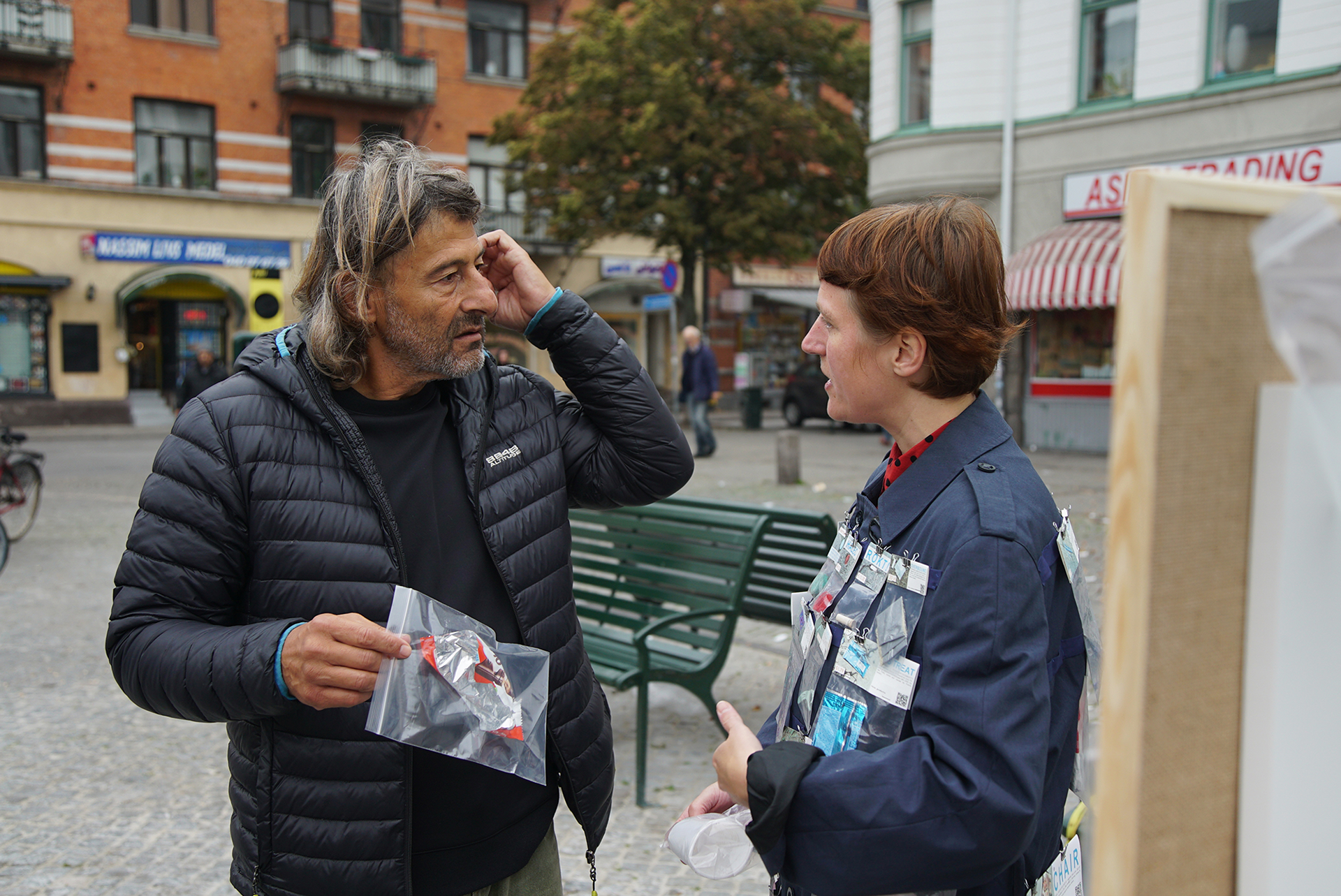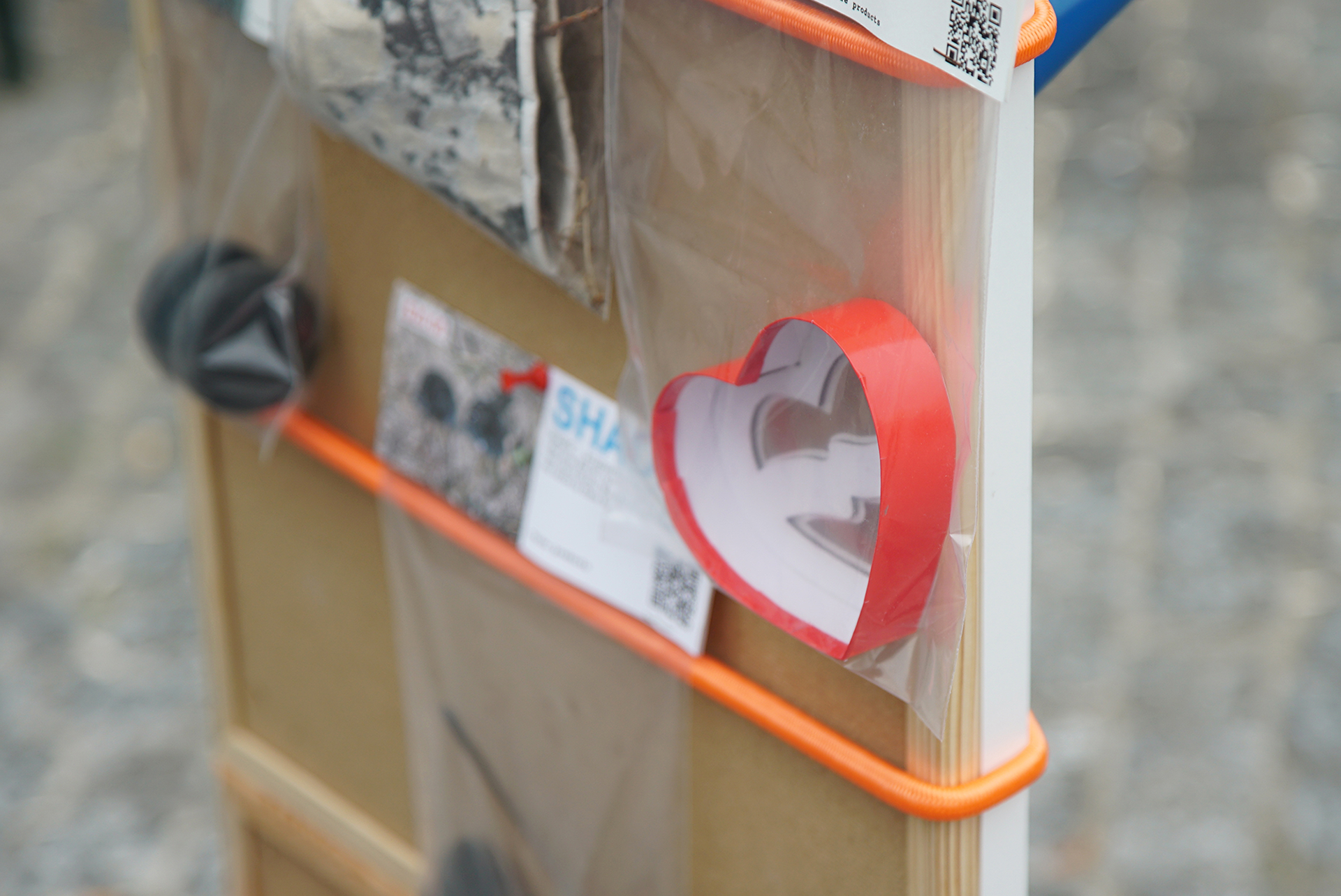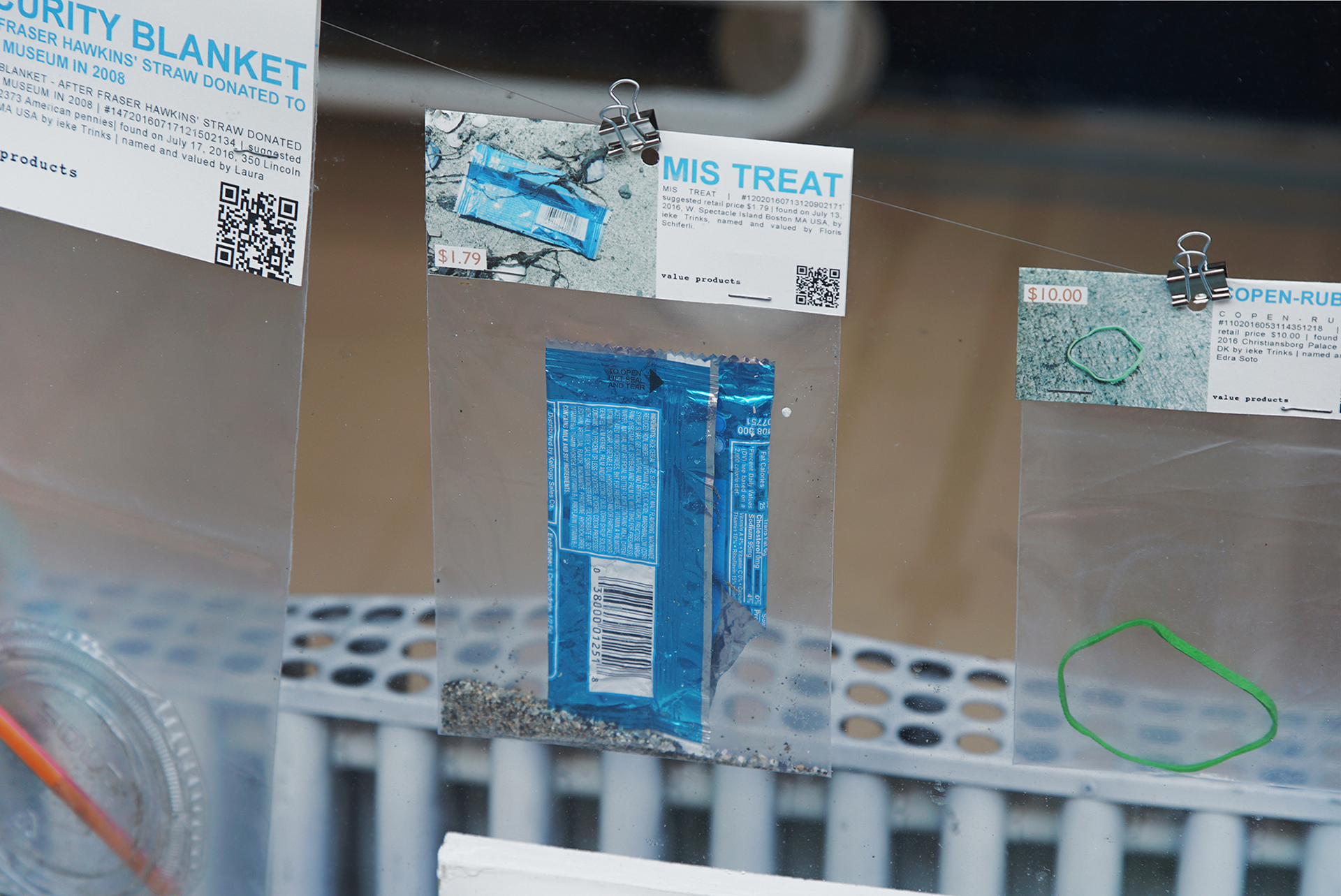September 7 - 6 October, 2019
One of the benefits of running an artists’ museum is that we can challenge museological conventions and try out new ideas for what museums can be. Our focus has been on proposing new methods of collecting, conserving and exhibiting, but after more than a decade we have even become curious about museum shops and cafés. How would artists transform these common parts of the museum? In Chapter 4 of Whose Museum x KRETS, we have invited artists ieke Trinks and Louise Waite to present alternatives from their individual practices. They will perform the sharing of goods within the exhibition setting, emphasizing the social experience of exchange rather than the commercial. The artists contribute new additions to the year-long exhibition, which features traces from previous chapters by Max Ockborn (Chapter 1), Alanna Lynch and Maria Wæhrens (Chapter 2), Transnational Queer Underground and Tom or Judy Moore (Chapter 3), alongside a new display of works on paper from the Whose Museum collection.
Come feel, taste, and digest the Whose Museum collection as Chapter 4 opens with the work of Louise Waite who extols the format of the museum café. Since 2016, the artist has worked with installations that involve tactile and edible materials, aiming to bake a museum from bread. She will now continue this work in the shape of small-scale bread sculptures cast from Whose Museum objects. Alongside the serving of charcoal buns that draw shadows of the collection, the casts and molds used to make the baked goods are shown as well. Visitors can read about the history of the objects while they select replicas to chew on.
Later in the month, ieke Trinks joins us to open and activate her Value Products Shop, performing as salesperson for discarded and repurposed found objects. This business entails collecting small pieces of litter from the street – naming, valuing, and labeling them together with people she encounters during her performance. Interacting with the artist as salesperson leads to conversations about the objects’ origins, the raw materials of which they are made, and the labor that goes into these various processes. Are these Value Products because they are displayed in a nice package and assigned an awkward name? Will Trinks’ sales pitch itself become your museum souvenir? You may find her shop set up throughout the city and at Whose Museum, with products for sale and to label.
Please note the following special opening times:
Saturday, September 28, 6 PM–12 AM (closed during the day): Malmö Gallery Night 2019, featuring ieke Trinks performing the Value Products Shop, bread servings by Louise Waite, and a multi-sensory taste experience with food cultural historian Sasha Gora.
Saturday, September 28, 6 PM–12 AM (closed during the day): Malmö Gallery Night 2019, featuring ieke Trinks performing the Value Products Shop, bread servings by Louise Waite, and a multi-sensory taste experience with food cultural historian Sasha Gora.
All activities are free and open to the public. More information will be announced on our website and social media.
ABOUT WHOSE MUSEUM:
The window sign at Whose Museum was made by a 71-year-old artist named Brian Porter who lives in rural Nova Scotia, Canada. Porter studied at the Nova Scotia College of Art & Design in the 1960s and began as a surrealist painter, garnering attention in documentaries made by the National Film Board of Canada and Canadian Broadcasting Corporation before moving to his tiny home in the woods, where he later made a living off hand painting signs for local shops in the region. The original sketch was made in watercolour and ink on paper to resemble a diner sign. It can be seen on our postcards and posters. Whose Museum first encountered Porter in 2018, at one of our still life drawing sessions at the Art Gallery of Nova Scotia. Still life drawing sessions with the Whose Museum collection have been taking place since 2009 and at Whose Museum x KRETS, visitors are welcome to set up a still life with the collection and draw any time.
Supported by the Culture Department of Malmö and the Swedish Arts Council
Photos: Lena Bergendahl






